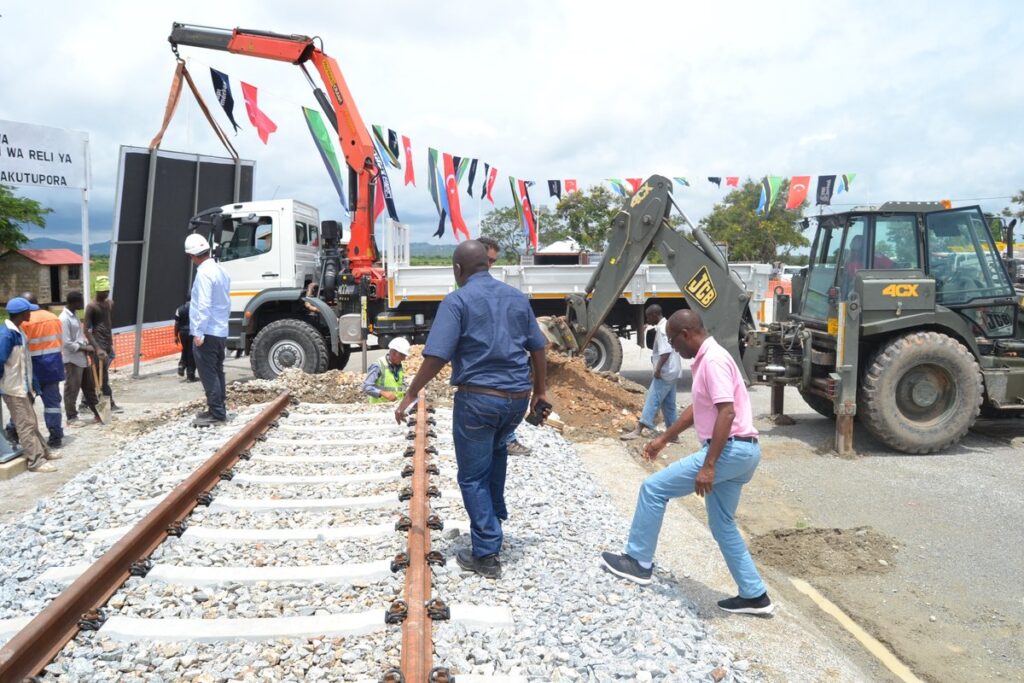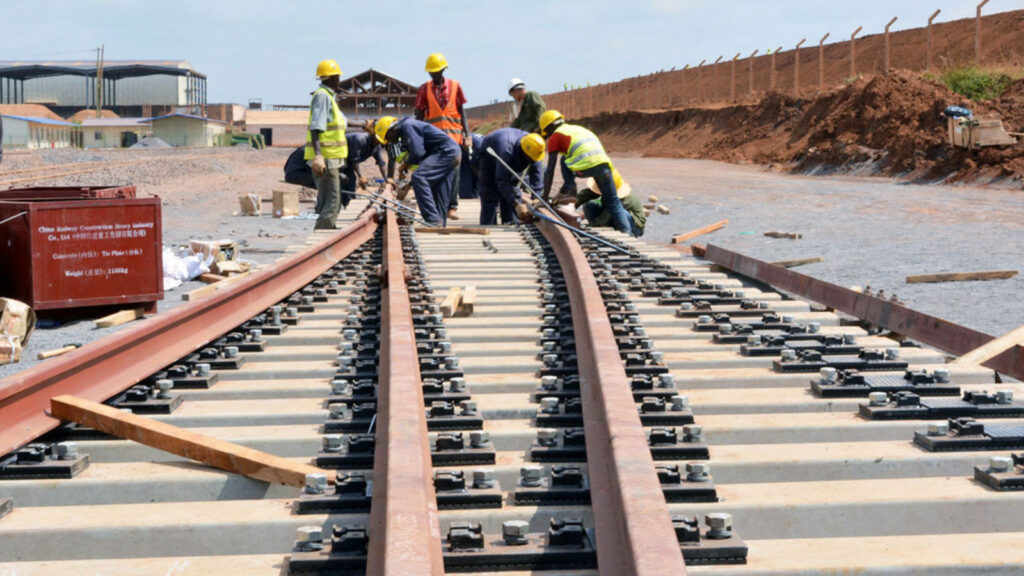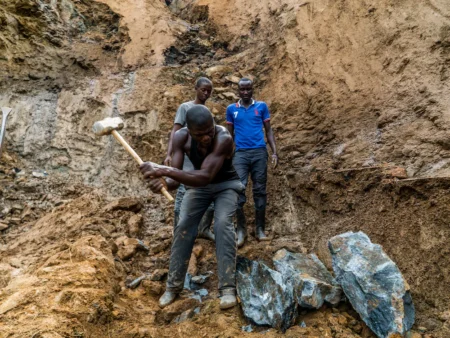- The new East Africa electric railway line seeks to tap into the $3 trillion market opportunity under the Africa free trade agreement.
- Tanzania first signed a $2.2 billion deal with China in December last year to revive its railway network.
- In Kenya, the Mombasa to Malaba SGR cost a total of $4.85 billion funded by China Exim Bank loan.
Tanzania and Burundi have entered into an agreement to build a cross-border electric railway line that will connect the two countries passing through the neighboring Democratic Republic of Congo, a critical investment that is set to revamp business in East Africa and beyond.
Both countries have submitted a proposal for the design and construction of the 282-kilometres of electrified railway starting from Uvinza in Tanzania to Gitega in Burundi and connecting both countries through the DRC.
Once complete, the new transport corridor, which will be the continent’s second cross-border electric railway project after Ethiopia and Djibouti launched a similar one in 2016. It will effectively cut the cost of distribution of goods by at least half, in turn boosting the region’s economic growth. The 750Km Chinese-built Ethiopia-Djibouti electric line from Addis Ababa to the Red Sea port started shipping goods in August last year.
According to the initial draft of the new East Africa electric railway line, by tapping into African Continental Free Trade Agreement’s $3 trillion market, the infrastructural investment would help revolutionize cargo business in the region.
Read: Renaissance: Rail networks transforming Africa.
Tender documents show that the investment would be implemented over a period of five years and the two countries have already sought financing from the African Development Bank.

The new project comes even as President Samia Suluhu’s administration recently unveiled plans to upgrade Tanzania’s ageing regional railway lines.
Tanzania first signed a $2.2 billion agreement with China in December 2022 for the construction of a 2,561 km-long Standard Gauge Railway network connecting the Port City of Dar Es Salaam to landlocked nations DRC, Rwanda, Burundi and Uganda.
Through this initiative, Tanzania projects to expand its cargo business by making it available to other countries at a fee. In addition, by offering such effective commercial routes, Tanzania will increase its relations and export business as it strives to gain an edge over Kenya’s title as the largest economy in East Africa. (https://royaldentallabs.com/)
The plan by countries in East Africa to connect each other’s trading hubs is not new but the initiatives have often been marred by criticisms amid allegations of graft. In 2014, Kenya signed an ambitious $4.85 billion SGR project funded by China’s Exim bank to haul cargo from the Port City of Mombasa to neighboring Uganda, Rwanda, and Burundi and even South Sudan. Today, the Kenya’s SGR line remains stuck in Naivasha, about 350 kilometers from the Kenya-Uganda border.
Further hit on the project happened last year when Uganda pulled out of the SGR project and terminated its contract with the Chinese company that was to construct the railway line between Malaba and Kampala.
Early this year, authorities in Kampala struck a deal with a Turkish company, Türkiye’s Yapı Merkezi, to take up the investment that is projected to cost $2.2 billion.
Scope of works
Tanzania Railway Corporation will facilitate the procurement of all the necessary goods for both parties in the electric railway project. Since the Government of Tanzania owns it, the TRC has received various tasks to establish the new East Africa Electric Railway Line and develop inland rail networks, too.
Based on the American Railway Engineering Maintenance of Way of Association(AREMA), the Tanzania Railway Cooperation will collaborate with the ARTF, a Burundi Corporation in charge of Railways. Tender documents say the project must adhere to the RAMS (Reliability, Availability, Maintainability and Safety) requirements for infrastructure and all systems. In addition, the design will comply with national and international guidelines on environmental and social safeguards.
Railways lines are one of the oldest means of connecting trading markets. Several East African economies have tapped into various markets through railway lines.
Read Nigeria follows Kenya in the railway crisis with China
Railway systems have also significantly improved mineral distribution within African nations. Unfortunately, most African railway systems have had an ongoing slump over the past few decades. Its transparent interconnection with the trading market is a positive attribute, but constructing railways, let alone electric railways are expensive.











